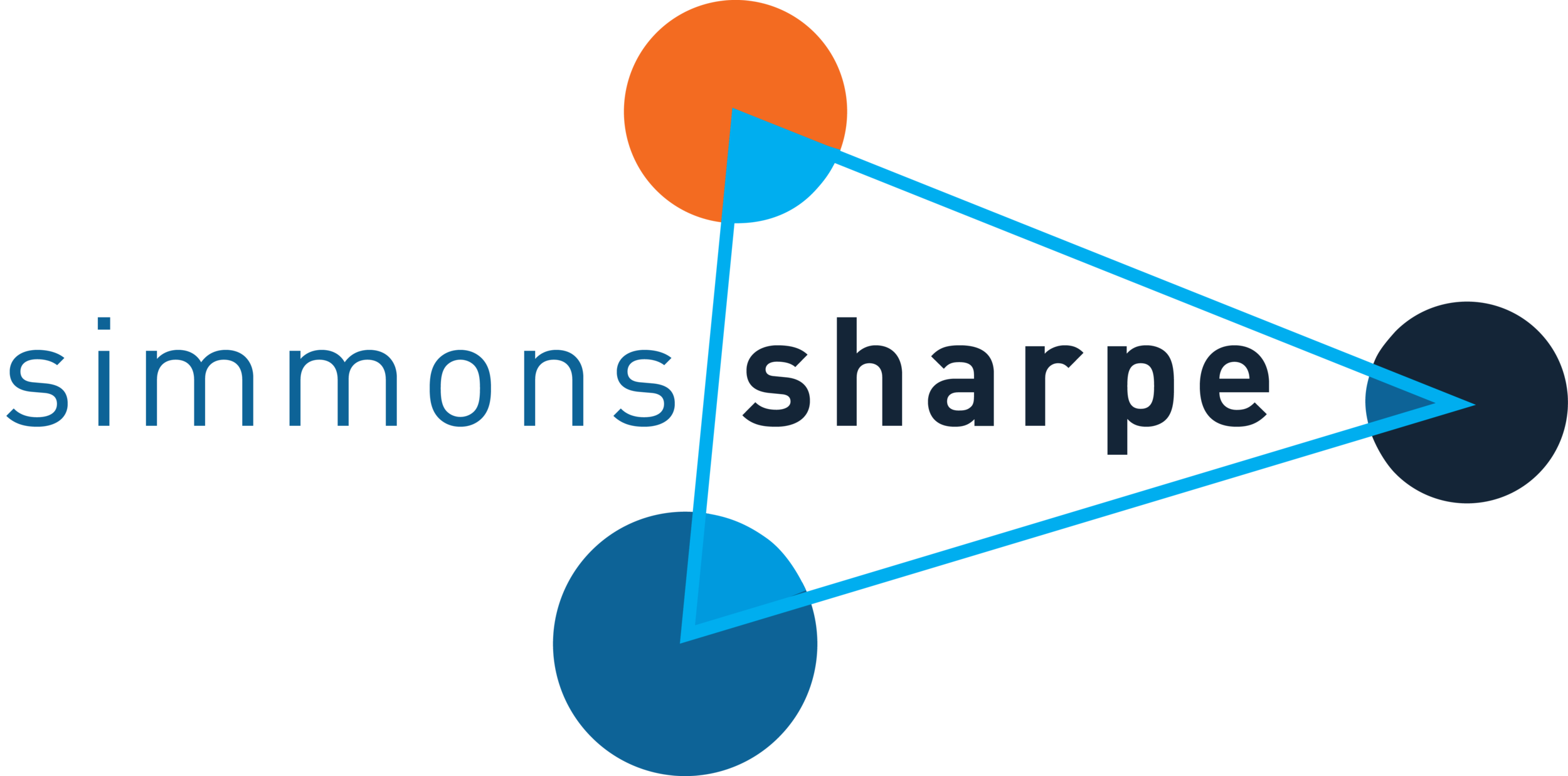Is Social Customer Care the Next Killer App?
Think about it. Marketers spend their careers trying to get customers to engage with them, bombarding them with messages in ads, on Facebook, Twitter, Instagram, messaging platforms, and the like. Consumers who reach out to customer care are already engaged. Customer care is therefore not only an organization's first line of defense and early warning system, it is a crucial marketing tool. Customer care has a 100% engagement rate - a marketer's dream.
Use of social media for customer care is here to stay. In this study by Sprout Social, 35% of people prefer to use social media to handle customer service issues. Another 25% prefer website/live chat, and 19% prefer email. That’s nearly 80% who prefer some type of digital channel for customer care, vs. 16% for phone.
So customers clearly prefer digital channels for customer care. And yet, the average brand responds to just 11% of the social messages that require a response (Sprout Social). Meanwhile, 88% of consumers are less likely to buy from a firm that ignores online complaints (Kelley School of Business, 2014). Both response rate and speed are critical drivers of customer sentiment. Smart companies will reap the benefits of responding on a timely basis, as Discover did in credit cards:
Discover has a materially higher positive sentiment rating. It also has both a high response rate AND percentage of responses under 30 minutes. And this in the notoriously service-challenged credit card industry. (“Ms. Simmons, the reason we declined your $32 purchase at Walgreens is that we noticed unusual activity on your card. Have you been in New Orleans recently?” Me: “Yes, every year for the last 25 years, same weekend in April, for Jazz Fest…sigh.”)
To back this Sprout data up, we spoke with the head of global customer care for one of the world’s largest high technology companies, who told us that “best-in-class companies target an under 20-minute response time on social care.” Indeed, a 2015 McKinsey study said that 72% of customers who Tweet a complaint expect a response within one hour.
This response time seemed impossible to me given that typical social care response times are 8+ hours or so. So I resolved to ask one of our clients (a trick I learned at McKinsey) whether this was reasonable. At the end of a recent presentation, I turned to the head of customer care, a woman with 25+ years of experience in the field: “Jane, do you think a 1 hour response time is the appropriate metric to start with? Should we maybe start with 2 hours and work our way towards 1 hour? We don’t want the reps to give up on an ‘unreasonable’ goal.”
She turned to me and smiled. “I’ll give you the same answer I give our reps when they ask me that question. Would our customers wait an hour for us to answer the phone?”
Mic drop.



